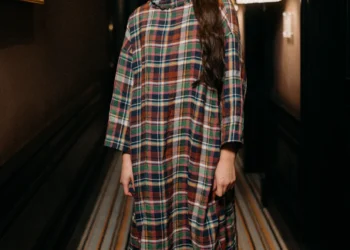The captivating new fragrance from The Burren Perfumery depicts both the beauty and ruggedness of one of the most magical landscapes in Ireland
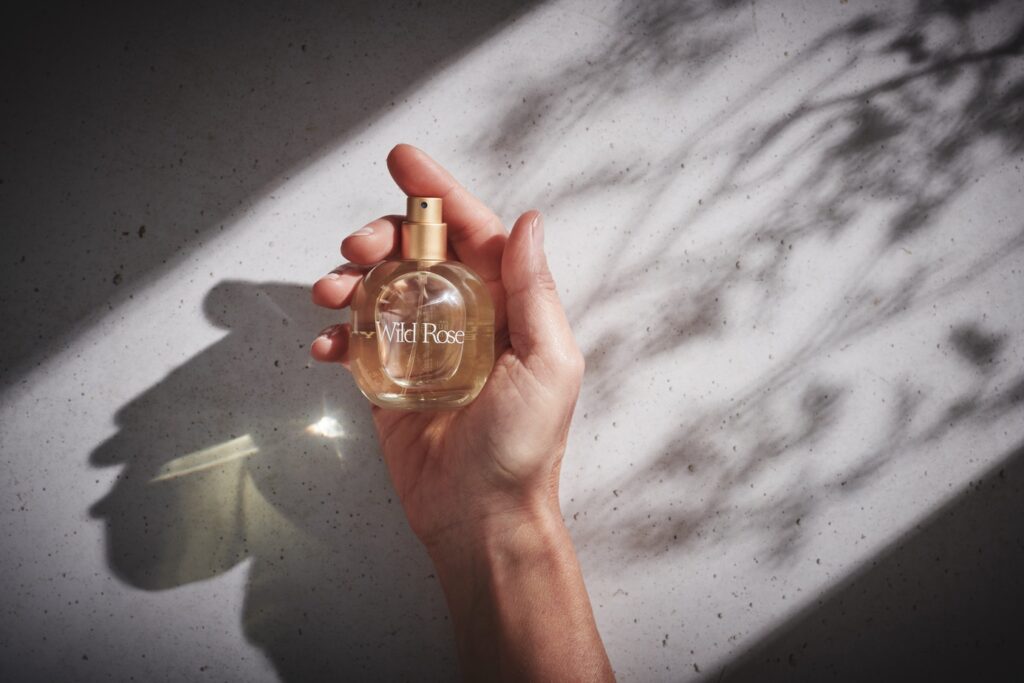
Partner content
Sadie Chowen is the owner and creator behind The Burren Perfumery. She and her team make perfumes and cosmetics using natural and organic ingredients, taking inspiration from the landscape
Here, she takes us through the journey of Wild Rose, her latest perfume inspired by the burnet rose.
What inspired Wild Rose?
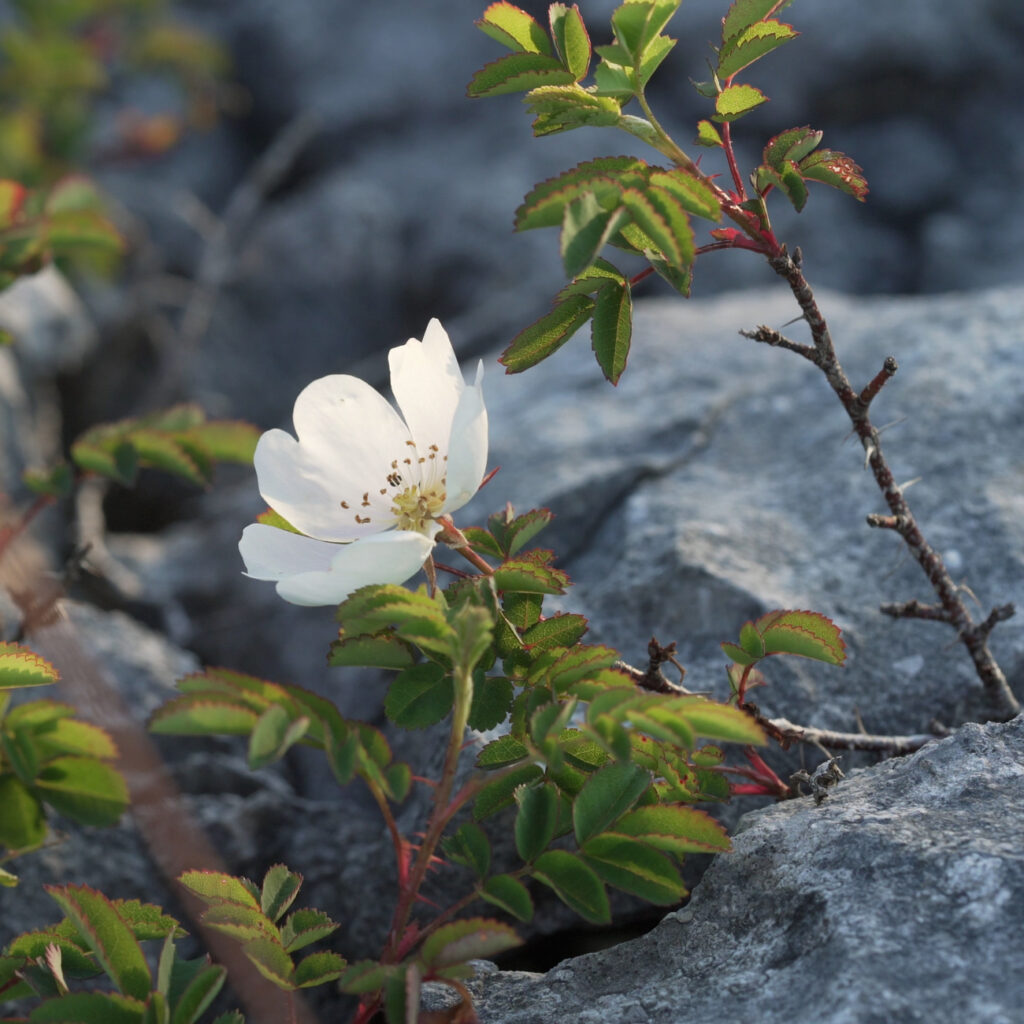
This is the burnet rose, rosa spinosissima. It is small, beautiful and delicate, and while it grows throughout the Burren, you will usually find it growing low to the hard, harsh ground, in the stoniest places.
It’s so small that to smell it you have to go down on your hands and knees and bring your nose to almost touch the beautiful heart-shaped petals. I love the subtlety of this scent, and the fact that each flower remains pristine for only a short time. It is the very definition of ephemeral and yet it is also stubbornly persistent, clambering out of tiny cracks in the rock, growing its thorny branches and delicate blooms on what can only be a teaspoonful of soil.
The burnet rose was my inspiration for Wild Rose. Three long years in the making, we finally finished it last summer. I think it is the best perfume we have ever made.
How was the fragrance developed?
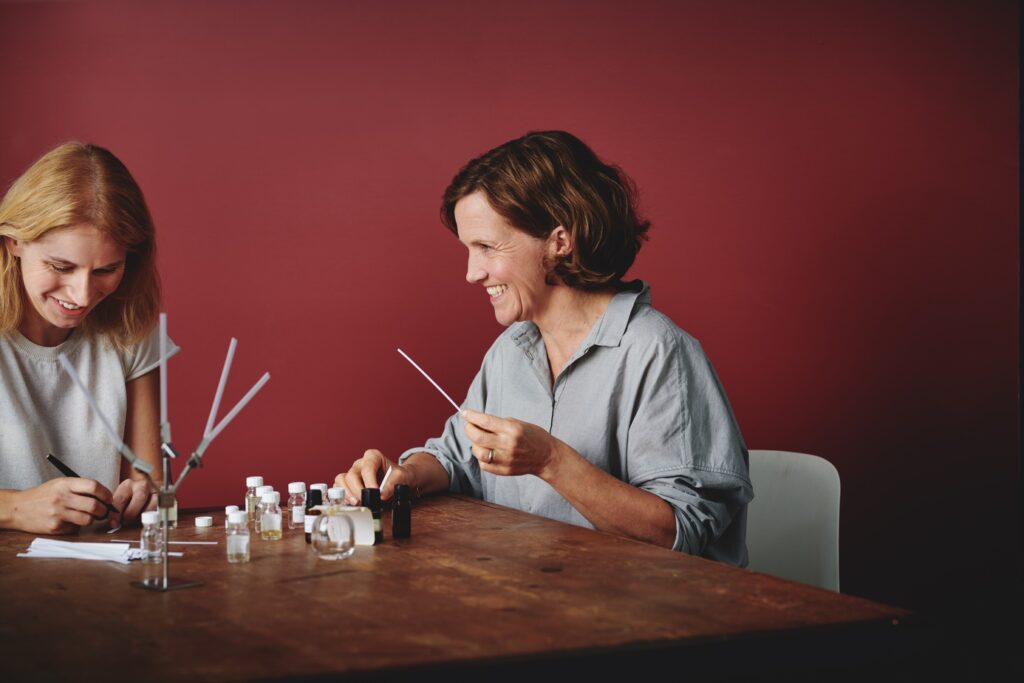
This is Marianne Nawrocki, master perfumer and lecturer at Grasse Institut de Parfumerie, which is where I got to know her on a training course three years ago. While there, I learned that Marianne shared my love of natural ingredients and classical perfume-making, where a fragrance is created like a piece of art, for its own sake, and not to fill the shelves of duty free shops. So when I started working on Wild Rose, I asked her to collaborate with me.
A perfume is created by blending the scents and properties of different ingredients. Each contributes its own fragrance, but each one also interacts with the others: here a scent is enhanced, there it is softened, until the whole perfume expresses its own distinct melody and harmony. Bringing the elements of a perfume together is part science, part art, part wandering exploration.
We choose the central voices, building the core of the fragrance out of rose, bergamot, sandalwood and angelica, varying the proportions of each. Each version has to be smelled (naturally!), but I did this over a number of days or weeks, making notes each time on my impressions. The perfume will express itself differently at different times of the day, temperatures, on different skin, and so on. You really have to live with it each day.
This round of experimentation and adjusting was repeated multiple times over two years. Creating a 100% natural perfume of subtlety and delicacy is technically difficult and requires determination and patience.
What ingredients are in Wild Rose?
Wild Rose contains 30 different natural raw materials. At its heart are Rose Centifolia, Rose Damascena, Bergamot, Benzoin Siam, Sandalwood from New Caledonia, Gaic Wood, Angelica and Ambrette Seed. A natural rose distillate contains 283 different compounds (that’s just in the rose oil alone, before we even begin to consider the other 29 ingredients!). Synthetic recreations of the scent of rose simply reproduce the dominant molecules, omitting the wonderful balance and breadth of this beautiful flower. Once you have enjoyed the scent of true rose essence you will never be happy with synthetic substitutes.
The star of this scent is Rose Centifiolia or ‘Rose de mai’. This rose is special to Grasse, the traditional centre of the French perfume industry, and is the most delicately scented of the non-wild roses: very sparkly, fresh, alive and unspeakably expensive. Once I had discovered it and spent time smelling and harvesting it, I was determined to use this precious ingredient in my Wild Rose perfume. Marianne helped me find a local source for our needs.
The older I get, the more I value the connections and relationships we make and live in our daily lives. At the Perfumery, we are in direct contact with our customers in a way that large perfume and cosmetic houses aren’t. We handle the ingredients that go into our products daily, and we know their provenance; we label and ship by hand. I feel these things really contribute to a wholesome work/life feeling.
Why do you choose to work with natural ingredients?
Personal preference for one. I prefer the gentler, more harmonious, complex notes of natural scents and the way they leave no jarring after-notes on the skin. There are also ethical and environmental reasons. I like to know that the ingredients of anything that I am wearing on my skin are natural and environmentally sustainable.
Use of natural ingredients has become rare in the mainstream perfume world, mainly due to cost: 1kg of rose centifolia requires 3,000kg of rose petals. Natural ingredients must be grown, harvested (usually by hand), and then carefully distilled to extract their essences – a time-consuming and labour-intensive processes, whereas most synthetic substitutes can be made in a laboratory with far less cost.
Wild Rose Eau de Parfum is certified with COSMOS, which is the European certification standard for natural and organic cosmetics. We are proud to be able to use the logo which guarantees the perfume is made from only 100% natural ingredients and 77% organic of total.
Tell us about the packaging.
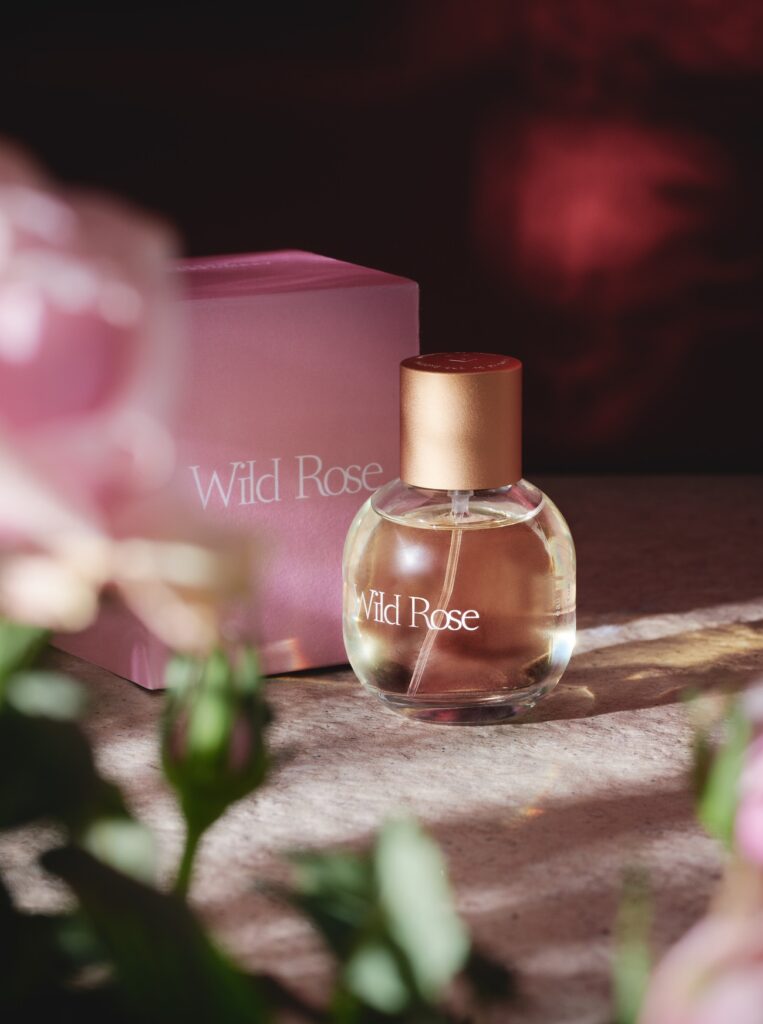
Choosing the packaging starts with the bottle, as everything else must fit around that shape. For Wild Rose, I wanted that shape to be feminine and delicate, to feel nice in one’s hands. I must’ve looked at hundreds of bottle shapes before making my choice.
Having chosen the bottle, we then began filling out the design: new caps embossed with our logo made in Spain; matching pumps and atomisers from France. Moodley, our brilliant design company in Vienna, began work on typography, and candidate box designs. We sourced beautiful FSC-certified Fedrigoni paper from Italy to make the cartons with.
We chose to make the box as small as was practical, in order to minimise the amount of material consumed. Recycled paper is used in both the inner and outer box, and the inks are all vegetable-based.
A beautiful fragrance needs to be held beautifully. A perfume is often a gift, whether from a loved one or as a luxury for oneself, and I feel that it should be a gorgeous artefact to hold and to open.





